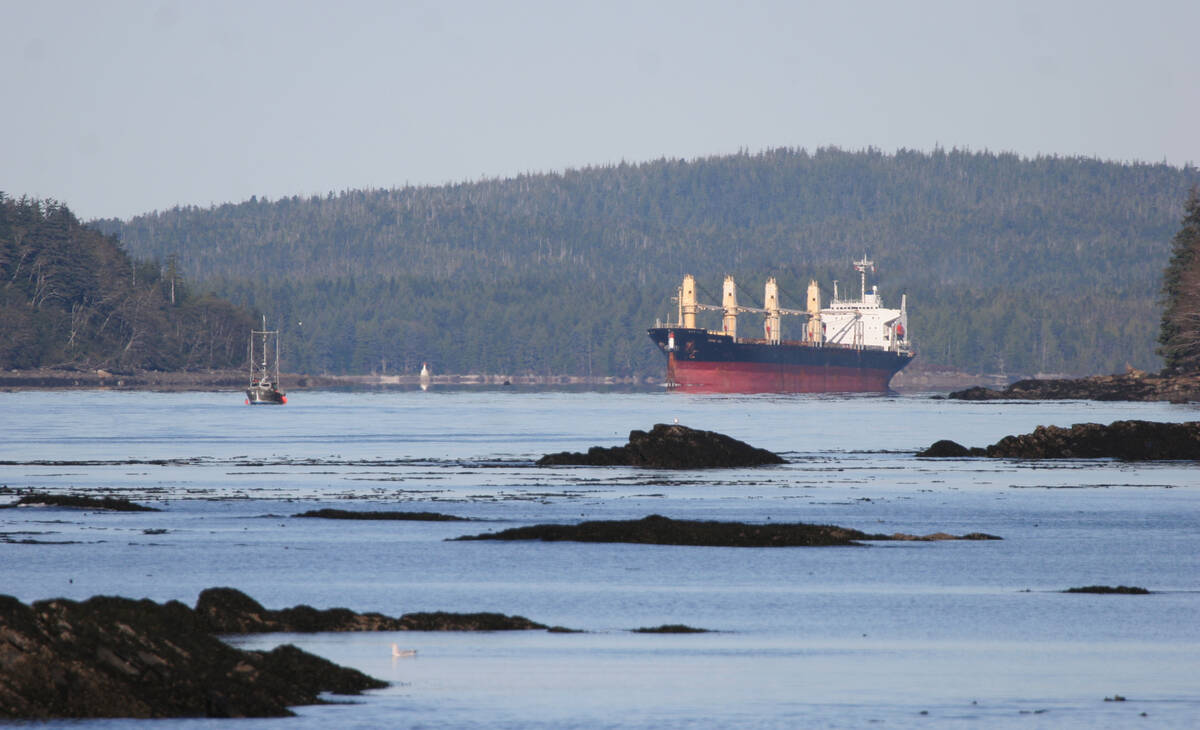Public funds used to help CWB transition post-single desk will be re-turned to taxpayers, says Canada’s agriculture minister, however, not right away.
Officials estimate some $300 million was spent to assist CWB in the new environment since 2012.
“In order to keep CWB viable they needed a foundation of taxpayers’ money to pay down the pension demands that were there, pay off the bills that were against the building, the railcars, there was a small down payment made on two boats that had to be paid out,” agriculture minister Gerry Ritz told the House of Commons agriculture committee April 30.
Read Also

Farm groups ask feds for export sales reporting
The Agricultural Producers Association of Saskatchewan and SaskCrops asks the federal government to create an Export Sales Reporting program.
In April, officials announced the sale of CWB to G3, a partnership of Bunge Canada and a Saudi Arabian investment fund for $250 million. The deal is expected to close in July.
“Did the Canadian taxpayer get any money back from this transaction?” asked Malcolm Allen, NDP agriculture critic, whose party has been critical of the deal.
“They will with the economic driver that the CWB will become,” said Ritz. “… There’s different ways to collect tax and so on, Mr. Allen. Certainly over time they will see that money returned.”
When asked again, Ritz offered a short reply: “No, not directly. Indirectly they will.”
Speaking to the committee about the purchase, Ritz said “some 52 different entities” submitted proposals, including Farmers of North America.
FNA had explored the option of a farmer-led purchase, a bid that was ultimately rejected.
“The unfortunate part with the FNA proposal was it didn’t come with any dollars or any kind of plan attached,” said Ritz.
“What (CWB) were shopping for in the outline … was someone who had the ability to capitalize, someone who had the logistics capacity and the ability to expand the footprint of CWB across Canada, not just in Western Canada anymore, as well as build port capacity both east and west coasts.”














